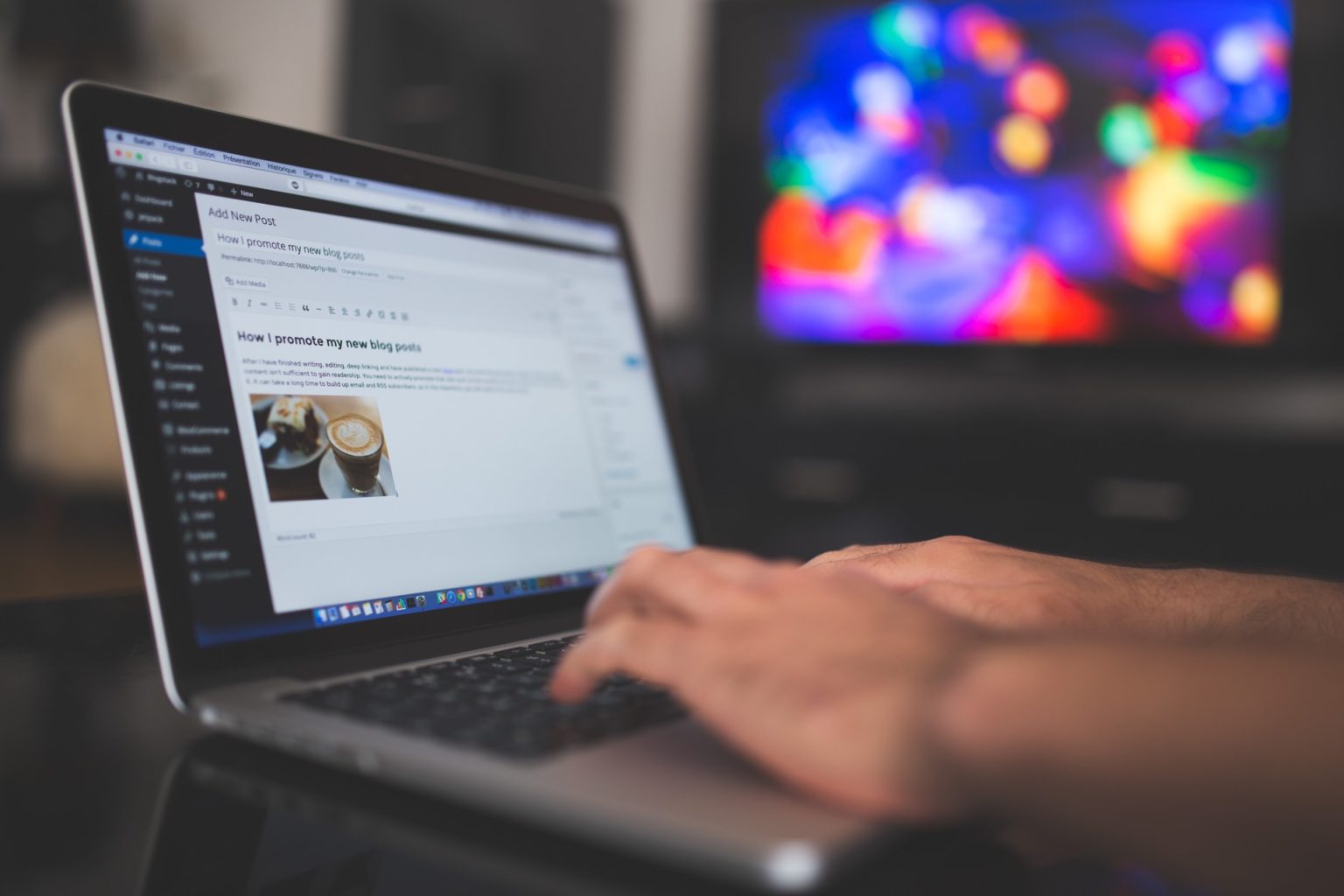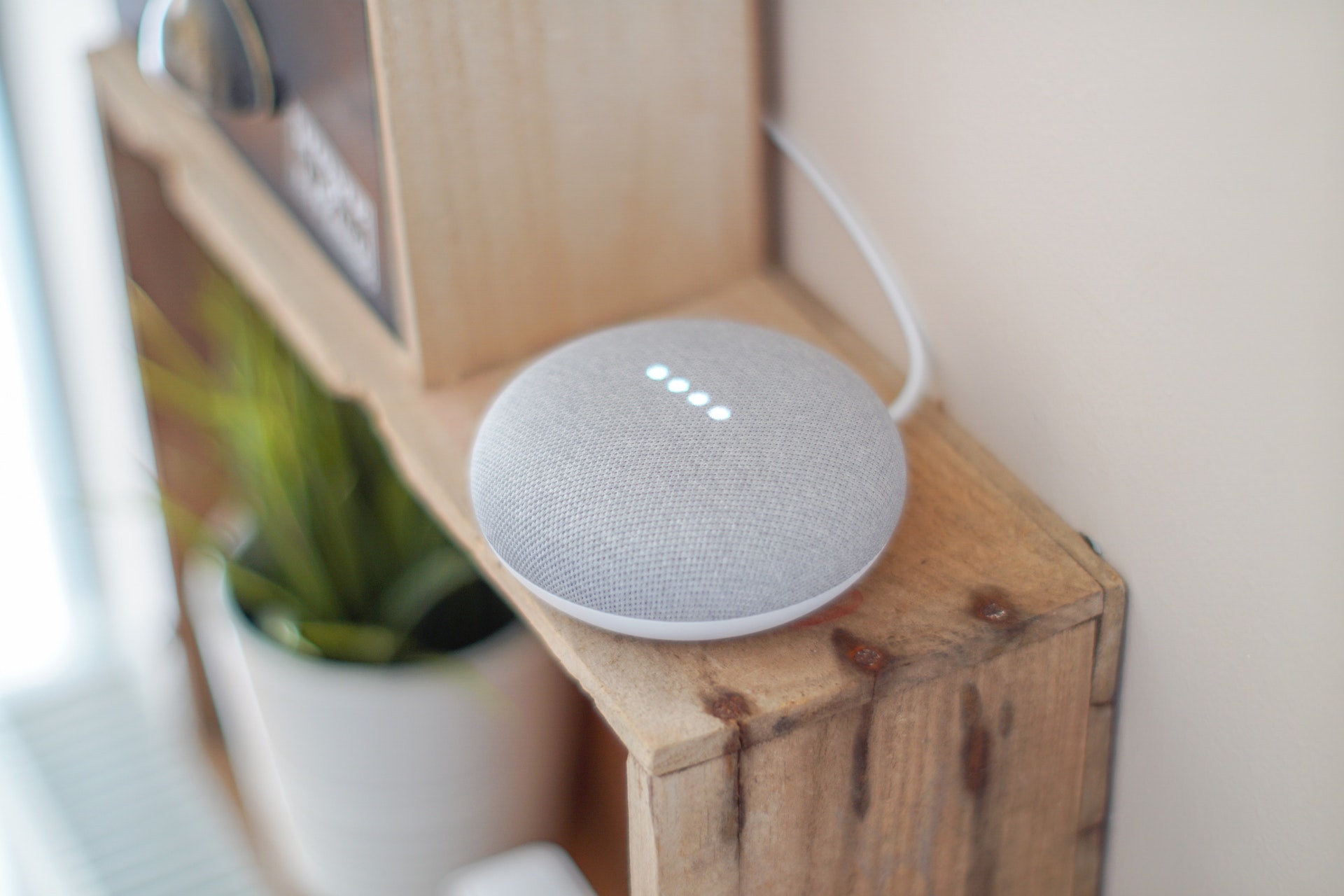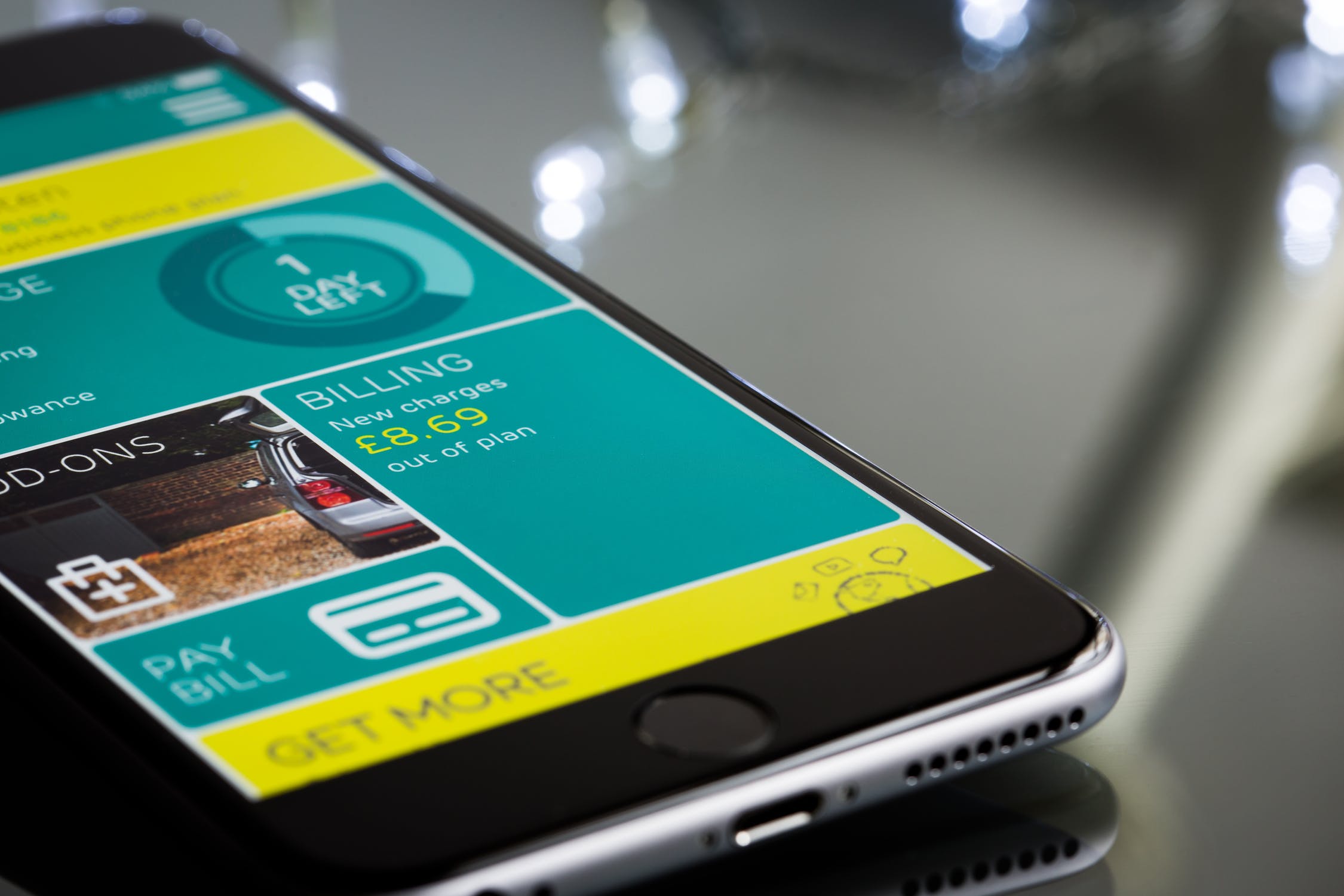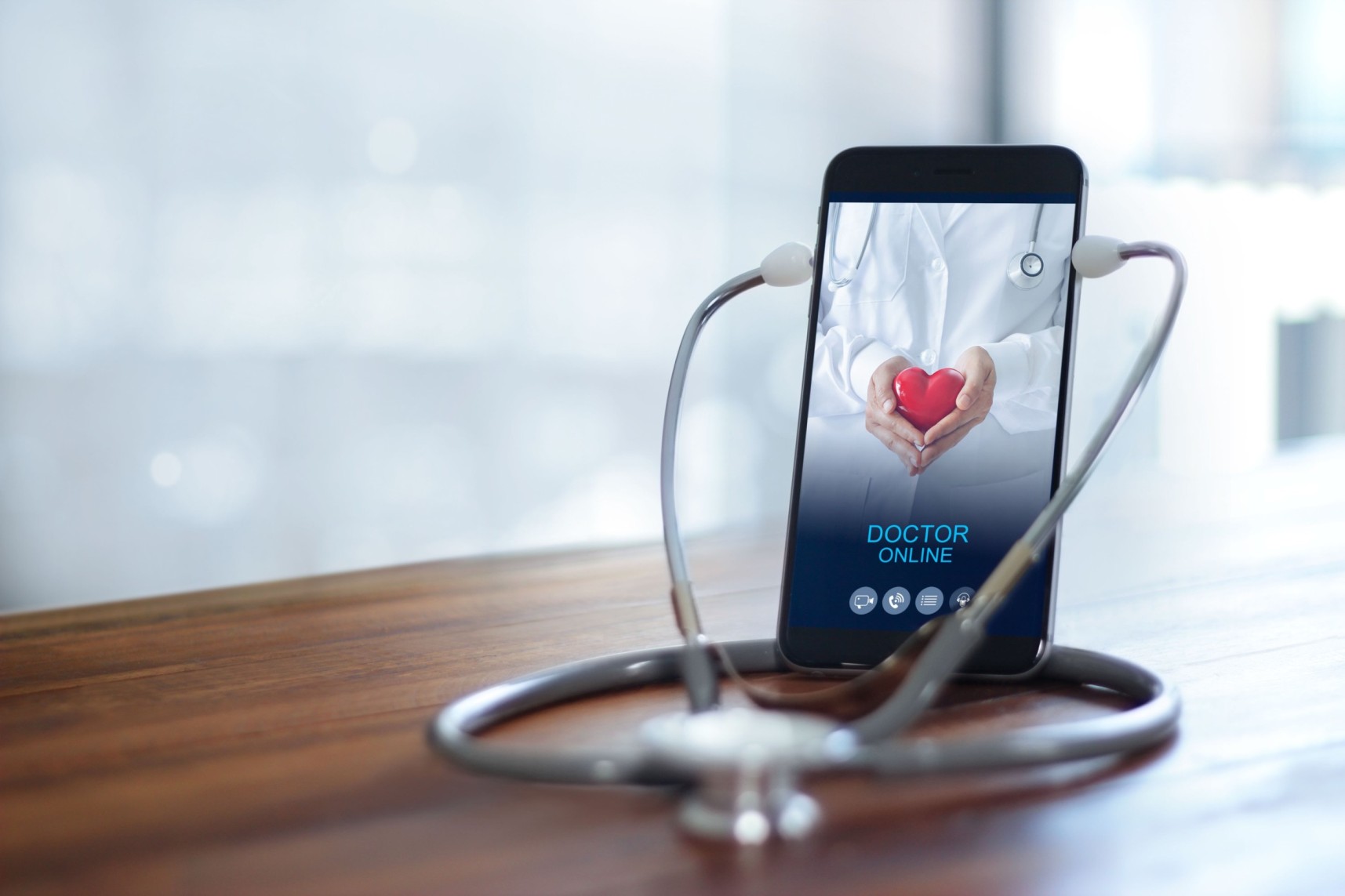Telemedicine's Advantages
Wed, 15 Dec 2021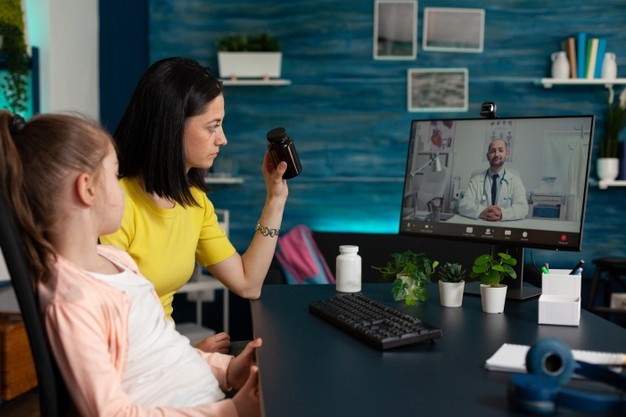
The number of
individuals aged 80 and above is expected to increase to 202 million in 2030
and 434 million in 2050, according to projections. The elderly are the most
susceptible members of society during the COVID-19 epidemic. The elderly are
more likely to acquire severe forms of COVID-19, according to epidemiological
and clinical data, and the presence of numerous concomitant chronic conditions
worsens the prognosis and increases mortality.
Approximately 85.1 percent of nursing home residents in
the United States are 65 or older. They are one of the high-risk categories,
thus social distancing should be avoided at all costs. Elderly persons in
nursing homes, however, require regular monitoring and timely treatment of
their chronic ailments, even if they are compelled to live in seclusion.
Summary of
telemedicine in nursing homes
The use of telemedicine aids in the adoption of a
person-centered approach to healthcare, the delivery of more effective patient
care, and the mitigation of geographic and access-related barriers, all of
which are important for nursing homes. Remote patient monitoring, online
videoconferencing, and store-and-forward doctor-patient communication are all
telemedicine technologies that can be utilized successfully in nursing homes.
Remote patient monitoring (RPM) is real-time health status
monitoring enabled by smart wearable devices that capture residents' data
(heart rate, oxygen level, blood pressure, and so on) and transmit it to a
doctor's app accessible online 24 hours a day, 7 days a week, from anywhere in
the globe. RPM assists clinicians in immediately customizing the treatment
procedure by recognizing even the tiniest changes in a senior resident's
well-being.
Thanks to audiovisual technology, online videoconferencing
(synchronous communication) allows patients and clinicians to communicate
remotely. In order to reduce in-person visits to nursing institutions,
healthcare specialists can diagnose, discuss, prescribe, and change treatment
for elderly residents. Physicians, nurse practitioners, clinical psychologists,
physical therapists, and others are among the practitioners who can provide
telehealth services.
Patients' data (e.g., test results) is recorded, saved,
and communicated to medical specialists using store-and-forward technology
(asynchronous communication), who evaluate it to help diagnose or treat it
without real-time involvement.
Full software and
user support
To ensure the safety of PHI, your in-house team or a
telehealth solution provider should regularly monitor the app, solve any new
issues, analyze and eradicate their fundamental causes, and do frequent
security checks. Because some nursing home residents may be unwilling or unable
to use the app's self-service functionality, you'll almost certainly need human
user support.
Telemedicine in
nursing homes has a lot of advantages.
1.
In the case of patients
Senior residents are eager to participate in
teleconsultations with the attending doctor for a variety of reasons, including
the ability to have an online consultation with a doctor at any time, at the
patient's request, to get access to a wide range of medical expertise. Seniors
value the ability to visit a doctor right away, especially in an emergency
scenario late at night (e.g., an accidental fall). It increases the overall
quality of care and residents' well-being.
2.
Facilities that provide nursing care
A nursing home's usage of telemedicine gives it a
competitive advantage over other nursing homes. It promotes treatment
continuity, lowers travel costs, and lowers the risk of Medicare penalties. It
also raises the likelihood of winning value-based care bonuses* by reducing
unnecessary hospitalizations and readmissions.
For example, in traditional elder care, a nurse may
overestimate a nursing home resident's illness, resulting in unnecessary
hospitalization, putting the nursing care facility at risk of penalties, and
limiting the nursing care facility's chances of winning value-based care
bonuses. This will not occur if the nursing home has the ability to communicate
with a healthcare practitioner remotely via voice and video for an immediate
examination of the patient's condition.
Improve nursing home healthcare using telemedicine the worldwide telehealth and telemedicine market is expected to reach $ 191.7 billion by 2025, making these sectors attractive for investment. Telemedicine gives nursing homes a competitive advantage and improves the satisfaction of their residents with their healthcare. You are welcome to contact softioens healthcare IT team if you are developing telemedicine software for nursing homes and require assistance at any stage of the development process.
POPULAR POSTS
Shopify vs. WordPress: Which one is best for e-commerce?
Wed, 07 Apr 2021Role of IoT in the Real Estate Industry
Wed, 14 Apr 2021Why UX And UI Is Important For Mobile Application Development
Sat, 01 May 2021Telemedicine's Advantages in Nursing Homes
Fri, 24 Dec 2021